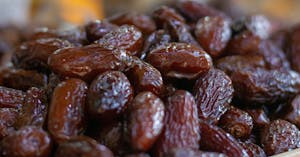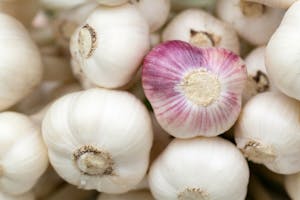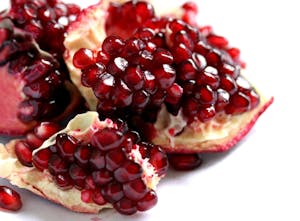During my years in India, I learned a bit about Ayurveda, the ancient Hindu science of health and medicine. Ayurveda recognizes six tastes, each of which plays a vital role in our physiology, health and well-being. These tastes are: sweet, sour, salty, pungent, bitter and astringent.
Recognizing and understanding these six tastes contributes to successful weight loss. Satiety, or the feeling of fullness, occurs when we consume a good combination of these tastes. In other words, we crave foods because one taste or another is missing from our diet. When we try to overcome that craving by eating the same foods we always do, we may overeat and still not satisfy our cravings.
A good way to a balanced diet achieve satiety is to understand these tastes and incorporate them into meal planning.
THE SWEET TASTE
As a naturally appealing element of our diets, this requires little explanation. It is the flavor of sugars such as glucose, sucrose, fructose, maltose and lactose. Sweetness can be found in fruits, vegetables, grains (like rice), nuts (like cashews) and legumes (like garbanzo beans).

THE SOUR TASTE
This taste is also quite familiar. We often “pucker” when we encounter the sour taste. It immediately moistens the mouth and increases the flow of saliva. Sourness is found in grapefruit, lemon, lime and tamarind, tomatoes and pickled vegetables, and dairy foods such as feta cheese, sour cream and yogurt.

THE SALTY TASTE
This taste is almost singularly derived from salt, making it easy to identify in our diets. However, other sources of saltiness include celery and seaweed.

THE PUNGENT TASTE
This dry heat taste may be less familiar, although it can be found in many foods, including chilies, garlic, leeks, onions, mustard greens, radishes, turnips and raw spinach, buckwheat and spelt, and mustard seeds. Most herbs and spices are pungent, especially black pepper, cardamom, cayenne, cloves, ginger and paprika.

THE BITTER TASTE
The bitter taste is quite familiar as a taste that most people avoid. Good examples include leafy greens such as kale, collards, dandelion greens and eggplant. Sesame, coffee, and dark chocolate, as well as spices such as cumin, dill, fenugreek, saffron and turmeric are good sources of bitterness.

THE ASTRINGENT TASTE
This dry flavor immediately produces a dry, chalky sensation in the mouth. The astringent taste is frequently complimented by sweetness or sourness. Fruit, such as apples, green bananas, cranberries and pomegranate are astringent. So are vegetables like alfalfa sprouts, Brussels sprouts, raw broccoli and cabbage, as well as spices like basil, bay leaf, caraway, coriander, dill, fennel, marjoram, nutmeg, oregano, parsley, poppy seeds and rosemary.

So, the next time you have a craving, analyze which taste was missing from your diet during the past 24 hours. Eat a food from that taste group and see how quickly your craving disappears. You'll be surprised how you can manage cravings by incorporating these six tastes into your daily meal plans.